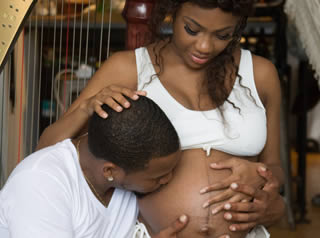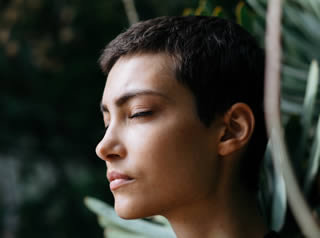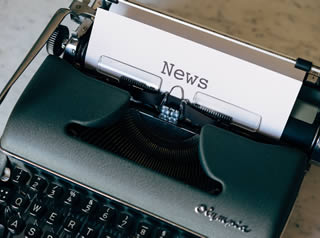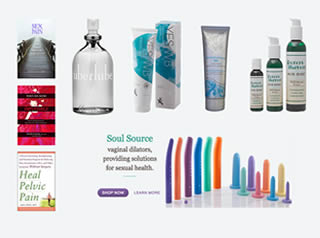
The Femina Physical Therapy Blog
Featuring original articles by our staff about current events and trends
Explore our insightful blog articles on pelvic health, where we delve into essential topics that empower and educate. From understanding pelvic floor disorders to strategies for conquering infertility, our content is designed for those seeking knowledge and support. We discuss the latest research, expert advice, and practical tips to enhance your well-being and foster a deeper connection to your body.
Featured From the Blog:
Lightning Crotch in Pregnancy: How You Can Start Recovering from SPD
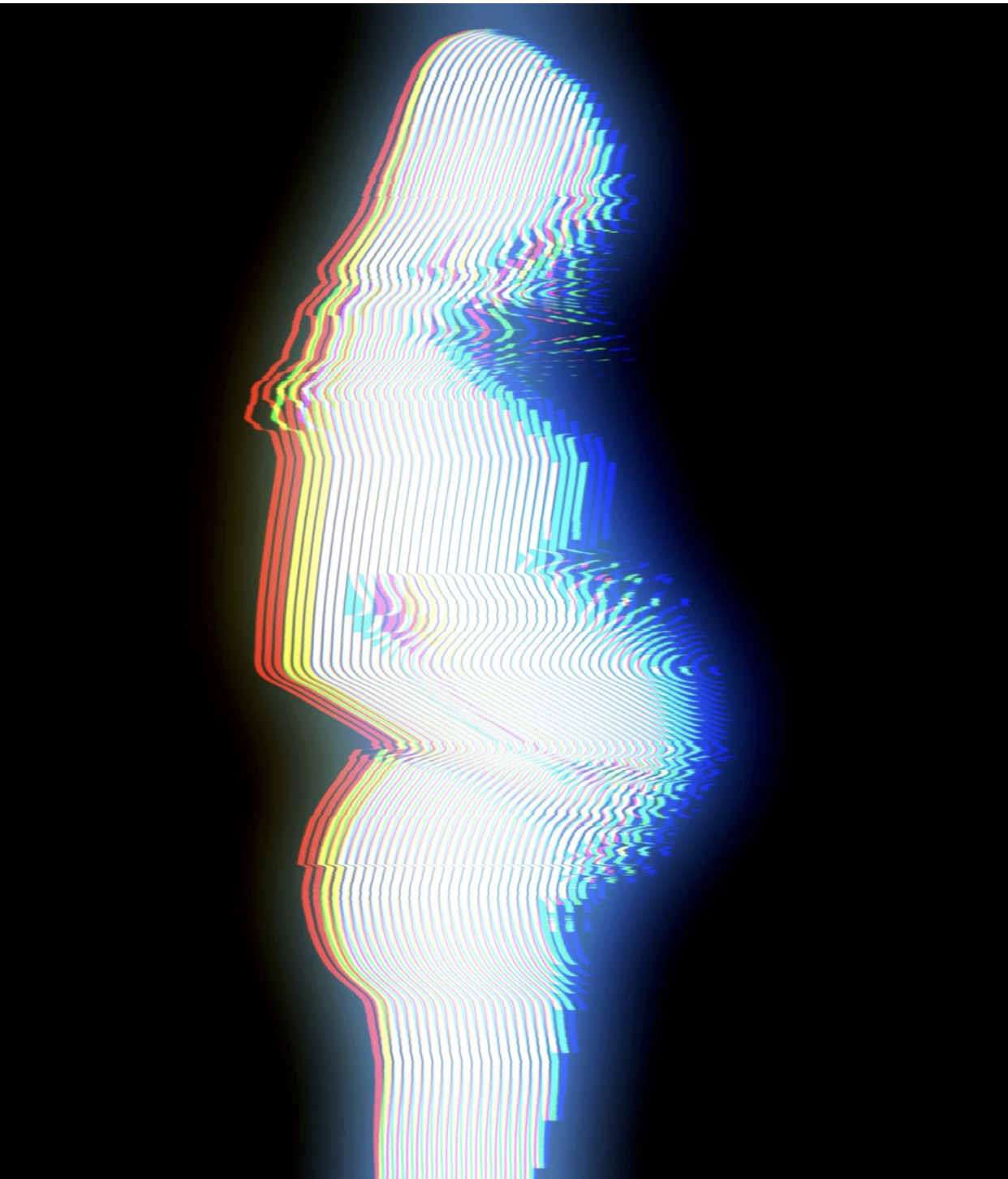
What is symphysis pubis dysfunction (Lightning Crotch)?
Symphysis pubis dysfunction (SPD), also known as pubic symphysis dysfunction, anterior pelvic girdle pain, or lightning crotch, is a common musculoskeletal condition that is experienced by pregnant women and can vary from minor discomfort to severely debilitating pain. It is typically characterized by discomfort in the front pelvic area that can radiate to the inner thighs and perineum (think where your pubic bone is).
Read more: Lightning Crotch in Pregnancy: How You Can Start...
Restorative 20 Minute Home Yoga Practice For Chronic Pelvic Pain

Yoga Practice For Chronic Pelvic Pain Can Be a Very Helpful Routine
As stated in my last blog post, yoga can be so beneficial as a pain management tool due to its ability to modulate the sympathetic nervous system3,4 which plays a large role in chronic pain. The exact mechanism of how yoga helps with chronic pain is still being studied, however, it is reasonable to believe the full body relaxation promoted by a yoga practice helps to decrease tension in key muscle groups- including the hips and pelvic floor which are often tight in people with chronic pelvic pain.
Currently, evidence has mostly focused on one hour long practices as an intervention, although there are some studies that report improvements in pain with shorter practices, such as the routine below. As with any mobility/stretching routine, benefits will be seen with more frequent practice, however even twice weekly can help decrease pain.
Read more: Restorative 20 Minute Home Yoga Practice For Chronic...
Vulvovaginal Moisturizers: Who Needs One & Choosing the Right One

Choosing the Right Vulvovaginal Moisturizer
Assuming you need one, make sure it's got the right ingredient list
There are many reasons why those born with female anatomy may require the use of a vulvovaginal moisturizer throughout their lifetime. As you age, the vaginal and vulvar tissues tend to become drier and less elastic. This change is typically seen around the time one goes through menopause due to the drop in estrogen that occurs. The vulvovaginal tissues are very sensitive to hormonal changes and estrogen is the hormone that controls vaginal lubrication, as well as tissue elasticity and thickness.
Read more: Vulvovaginal Moisturizers: Who Needs One & Choosing the...
- Details
- Written by: Debbie Dy, PT, DPT
- 1416 Views

In this article we’ll discuss how to assess if you may have a weak pelvic floor, what symptoms are and basic orientation to the pelvic floor.
What is the pelvic floor?
The pelvic floor is a very important group of muscles that live in the bottom of the pelvis. Both men and women have a pelvic floor. These muscles sit in the bottom of the pelvic floor like a hammock, and can move up and down like a trampoline to support your internal organs inside your body. They also help to control the openings and closures in the bottom of the pelvis, which is why they are so essential to urinary, bowel and sexual function. Just like any muscle, when they are weak, they can start to cause issues with any of these functions. Common signs of a weak pelvic floor include urinary incontinence, fecal (or bowel) incontinence, feeling of pelvic heaviness or pelvic organ prolapse, as well as low back or hip pain.
- Details
- Written by: Stephany Tritt, PT, DPT
- 1250 Views

Does my pelvic girdle pain have anything to do with my mood and sexuality?
Many of our patients experience sexual dysfunction and anxiety, depression and chronic pain. These conditions are known to coexist, and we unpack each component of pain, mood and one’s behaviors, desires and attitudes related to sex and physical intimacy.
Pelvic girdle pain is defined as “pain between the posterior iliac crests and gluteal folds particularly in the vicinity of the sacroiliac joint” (Simonds). More simply stated: in the very low area of your back and buttock. Pelvic girdle pain is common postpartum and may impact disability in the fourth trimester. Many are aware of peripartum symptoms such as low back pain, incontinence, pelvic organ prolapse, pain with intercourse, and postpartum depression. Knowing that many women experience pain during and after pregnancy - what can we learn about the effects of pelvic girdle pain? Specifically, what impact does pelvic girdle pain have on symptoms of mood and sexuality?
Read more: Postpartum Sexuality & Mood Changes in Women with Pelvic...
- Details
- Written by: Anna Larson, PT, DPT
- 1075 Views
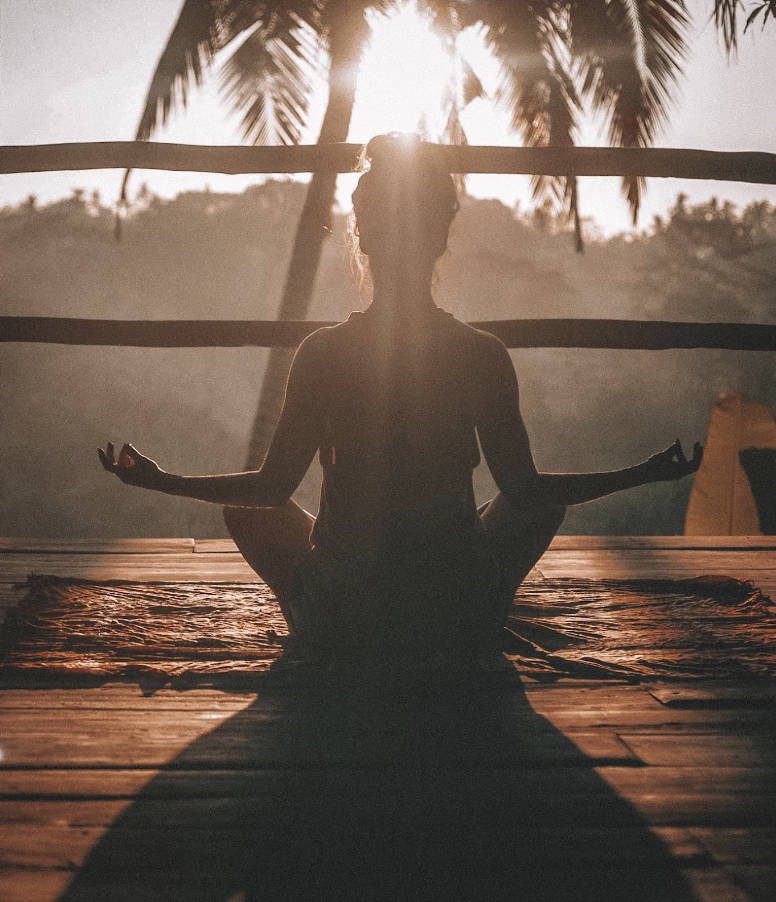
Learn All About the Benefits of Yoga for Chronic Pelvic Pain
Chronic pelvic pain is a common debilitating condition that greatly impacts a person’s health and quality of life. Often, the origin of the pain can have one or several causes including: endometriosis, vulvodynia, interstitial cystitis, irritable bowel syndrome, chronic pelvic inflammatory disease, adenomyosis, fibroids, celiac disease, fibromyalgia, degenerative disc disease, and chronic urinary tract infections, to name a few5.
Sometimes, the exact origin of the pain is unknown, even stated as high as 61% of chronic pelvic pain cases5. To learn more about the interactions between these conditions and how they can cause chronic pain, see this previous blog post here.
- Details
- Written by: Debbie Dy, PT, DPT
- 1787 Views

What is symphysis pubis dysfunction (Lightning Crotch)?
Symphysis pubis dysfunction (SPD), also known as pubic symphysis dysfunction, anterior pelvic girdle pain, or lightning crotch, is a common musculoskeletal condition that is experienced by pregnant women and can vary from minor discomfort to severely debilitating pain. It is typically characterized by discomfort in the front pelvic area that can radiate to the inner thighs and perineum (think where your pubic bone is).
Read more: Lightning Crotch in Pregnancy: How You Can Start...
- Details
- Written by: Sarah Bellon, PT, DPT, CLT
- 1922 Views
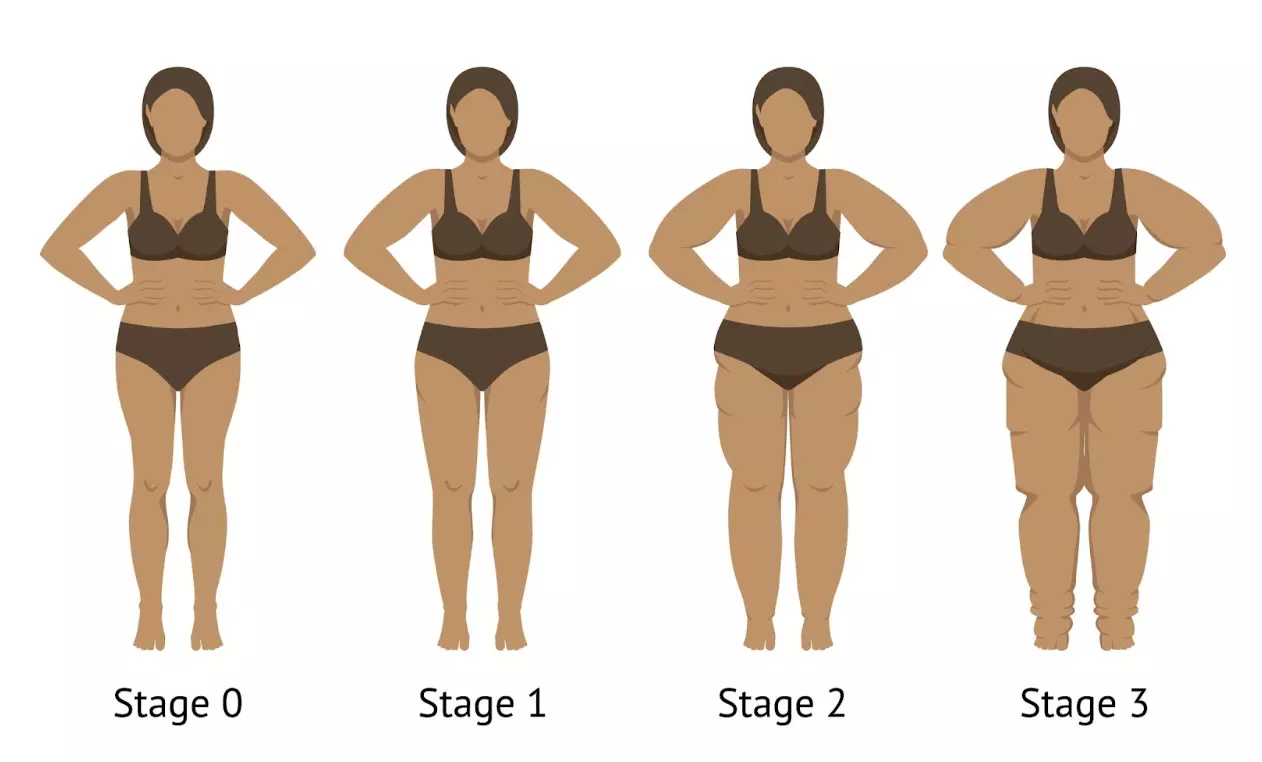
More On How to Help Lipedema and Lymphedema
In our previous article, we went over the definitions of Lipedema and Lymphedema and just barely scratched the surface on treatment options. This article will go into more details on the different treatment options we offer at Femina Physical Therapy to help support our patients with these diagnoses.
Here are some treatments that are beneficial for both conditions.
- Details
- Written by: Sarah Bellon, PT, DPT, CLT
- 2132 Views

Learn How To Help Lipedema
This article covers the differences between Lipedema and Lymphedema and what treatment looks like for them.
Few conditions are as prevalent and underdiagnosed as lipedema. Lipedema is the symmetrical buildup of painful subcutaneous adipose tissue (fat) and fluid in the limbs. Adipose tissue accumulates primarily in the thighs, buttocks, legs, and arms, typically without involvement in the face, hands, and feet. Lipedema is a chronic progressive condition that is frequently confused with obesity, even by healthcare providers. With obesity, adipose tissue accumulates in the entire body. Lipedema can also be present in the absence of obesity. Since lipedema is often confused with obesity, the exact prevalence is unknown. The most commonly cited prevalence in cisgender women is estimated at 11%.
- Details
- Written by: Kasia Gondek, PT, DPT, CLT, CSCS
- 1342 Views

What is Edema, and what causes swelling during pregnancy?
During pregnancy, extra water and salt retention is one of the most common complaints and symptoms that occur during pregnancy– this is called edema. Edema happens as a result of a few different changes that occur in pregnancy: the growth of the baby as they put greater pressure on one of the major blood vessels of the body called the vena cava which is located in the abdomen; hormonal changes that happen during pregnancy such as changes in progesterone, estrogen HCG (human chorionic gonadotropin), and prolactin which can cause increased swelling in the body; increased blood volume (by up to 50% more in pregnancy). Additionally, varicose veins may occur in up to 60% of females, with an increased risk depending on increased age and increased number of pregnancies.1 Edema can cause stiffness in joints, heaviness, and a sensation of warmth in the area that is swollen.
- Details
- Written by: Anna Larson, PT, DPT
- 4191 Views

Are You Suffering From Chronic Overlapping Pelvic Pain Conditions? We Can Help!
Part 1: Endometriosis and Vulvodynia
Chronic pelvic pain, sometimes abbreviated to “CPP”, is defined as “pain in the abdomen or pelvis for at least 14 days per month and severe enough to cause functional limitations” by a recent literature review of chronic pelvic pain5. The cause of chronic pelvic pain is often multifactorial and can be the result of conditions such as:
- endometriosis
- Vulvodynia (or vestibulodynia)
- interstitial cystitis/bladder pain syndrome
- irritable bowel syndrome (IBS)
Read more: Chronic Overlapping Pelvic Pain Conditions: Endometriosis...

